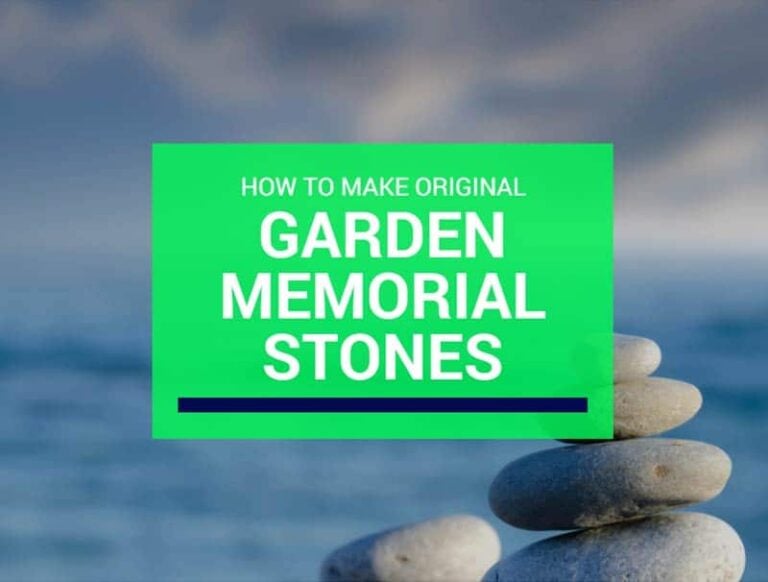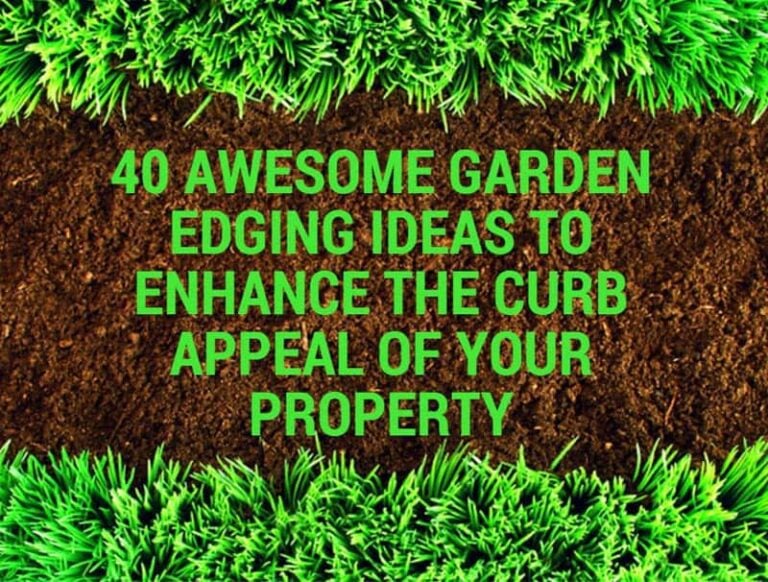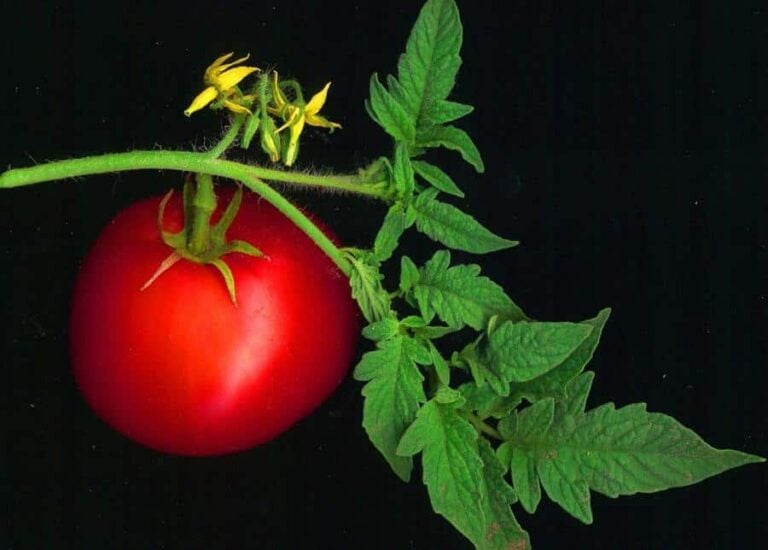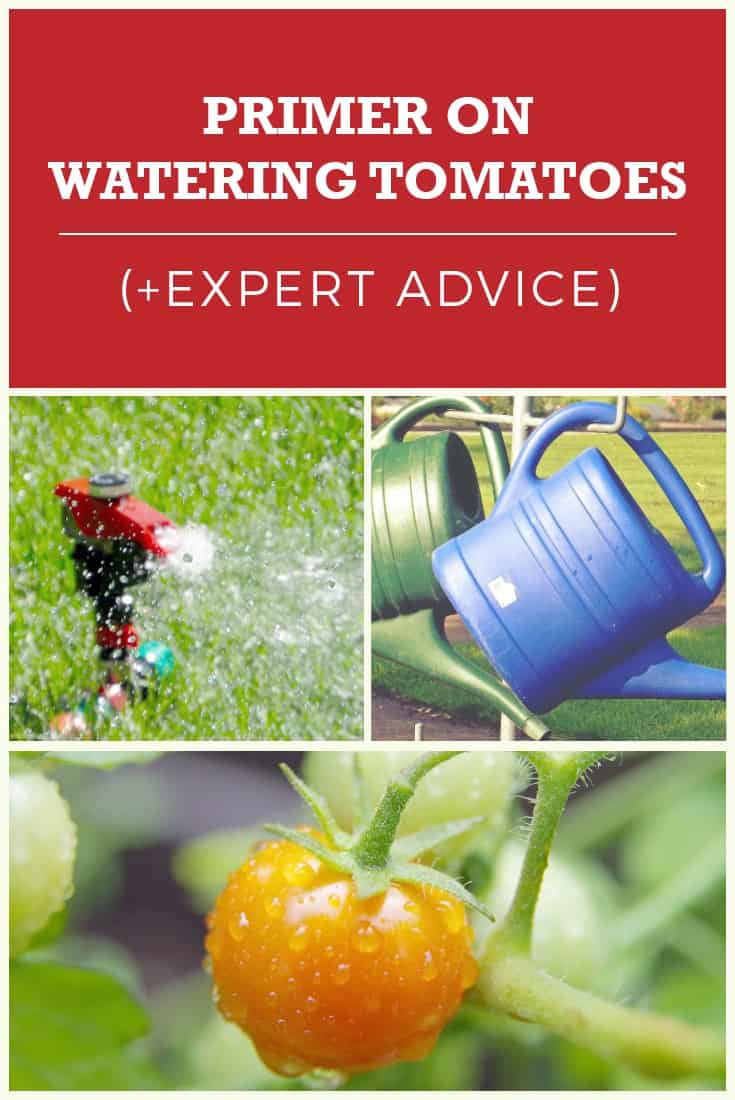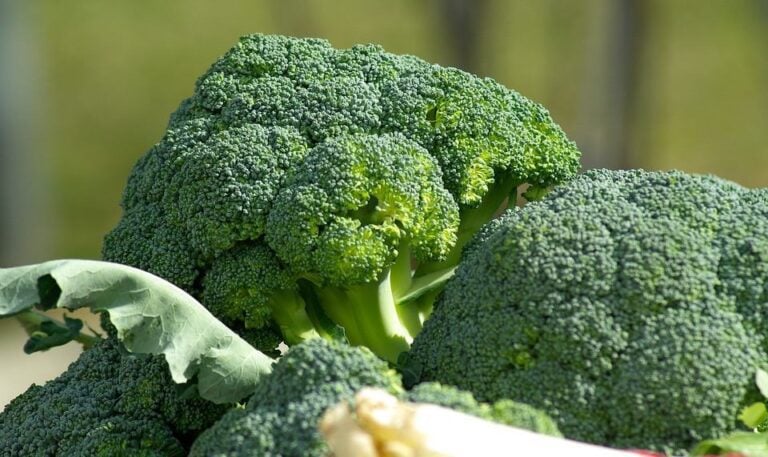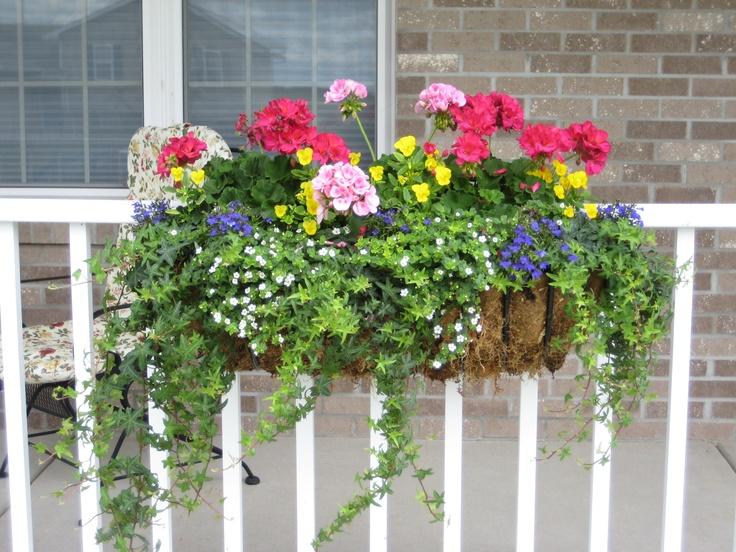Effective Planter Box Ideas For Your Garden
A planter box full of herbs, flowers or vegetables is an ideal way to get the most out of your garden, even if you only have a small amount of growing space. If you’ve got a box, but aren’t sure what to put in it, or want to make a planter box using a variety of materials, these ideas will help you get started.
1. oopsie daisy planter
Sometimes, it’s best to stick with the familiar. A small planter box full of Shasta daisies looks warm and welcoming on a windowsill. It’s also relatively easy to make since you only need to choose a single type of flower. To help the yellow and white daisies stand out, choose a small planter in white, with limited detailing.
The white wire frame in the photo above nicely compliments the happily growing daisies. According to the Old Farmer’s Almanac, the best time to plant shasta daisies in a container is in the spring. With consistent moisture, the flowers will bloom from the spring until the early fall.
2. #goals planter box
At the start of the growing season, this planter box might not look like much. But as the petunias and other summer annuals planted in the top of the box and in the holes on the sides start to grow, you end up with a brightly blooming, overflowing planter. Can we say gardening #goals?
Making the planter does take a bit of effort and requires some knowledge of tools, such as using a drill with a 2-inch hole saw. But the step by step tutorial offered by Her Toolbelt is relatively straightforward and easy to follow.
3. Budget Friendly Planter Box
The wooden window boxes you commonly see at garden centers might look pretty, but they also typically have pretty steep price tags. If you’re handy with a power saw and don’t mind a bit of sawdust, you can easily make your own planter box for less than $20, as shown in the video above.
The video recommends using treated lumber or cedar if your budget allows. There can be some concern about the safety of using pressure treated wood for gardening, according to Fine Gardening, so you might want to use a naturally water resistant wood (like cedar) if you plan on using the box for food.
4. Early Spring Planter Box
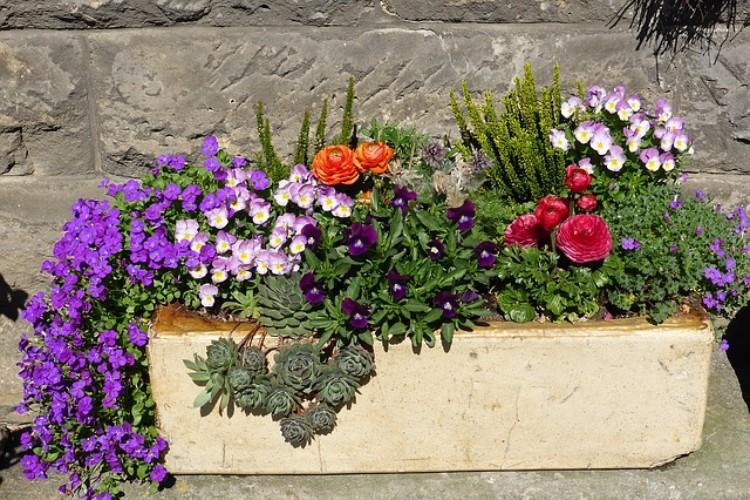
Welcome spring to your garden and the world by planting a box full of early blooming flowers, as well as some vibrant greenery. To make the box visually interesting, choose flowers with a variety of different bloom sizes.
Pictured above are ranunculus (the wide magenta and orange flowers), as well as cascading pansies and violas. The greenery includes hens and chicks, which tumble over the front side of the planter. The planter is a welcome addition to a front porch or walkway.
5. Rain Gutter Garden
There are a few ways you can turn a rain gutter into a planter box. The video above from Garden Answer shows you how to make three 36-inch lengths of rain gutter into a tiered, hanging planter.
Another option, not shown in the video, is to attach the gutter to an outside wall, rather than suspend it from a wooden support structure. Keep in mind that your options for plants will be limited by the shallowness of the gutters. You’ll want to pick plants with small root systems, such as the trailing flowers shown in the video.
6. Cinder Block Planters
Cinder blocks are inexpensive, usually costing less than $1 per block. They also make fairly decent planters. You can get creative when making a planter out of cinder blocks, arranging the various blocks to create a tall, stacked shape or arranging them in a square or rectangle.
The pin above shows a particularly colorful and creative way to turn basic hardware store cinder blocks into an impressive garden planter. You’ll want to line the bottom of the blocks with landscape fabric if you are going to have some of the blocks suspended in the air like in the picture.
One word of warning about using cinder blocks to grow vegetables and other edible plants. Older cinder blocks might contain fly ash, a potentially harmful chemical, according to Buffalo Niagara Gardening. If you’re using old cinder blocks or don’t know their history, it’s a good idea not to grow edibles in them.
7. Stop Wining Planter Box
If you have a collection of old wine corks and are a feeling a bit crafty, you can turn a boring wooden planter box into a work of art. Arrange the corks around the outside of the box, creating a fun or interesting pattern. The box pictured uses a pattern of two vertical, two horizontal corks. As long as you fully cover the planter, any design or pattern will do.
Secure the corks to the planter with hot glue. To create a uniform look on your planter, make sure to use all natural corks, rather than a mix of synthetic and natural corks. Once the glue has dried, you can fill the planter up with soil and add your favorite plants.
8. Pallet Planter
Another way to reuse materials in your garden, aside from wine corks and rain gutters, is to turn a wood pallet into a vertical planter. Going vertical helps you make the most of small spaces, as you can put the planter against the wall.
The space between the pallet slats is ideal for growing a variety of herbs or small flowers. If you’re feeling particularly crafty, you can paint the pallet with chalkboard paint, then write the name of each plant on the slats.
To keep the soil falling out of the pallets, you’ll want to seal off the bottom. A relatively simple way to do that is to stretch landscaping fabric between the front and back of the pallet, underneath each slat. Then staple it into place, fill with soil and add your plants.
Photo Credit

